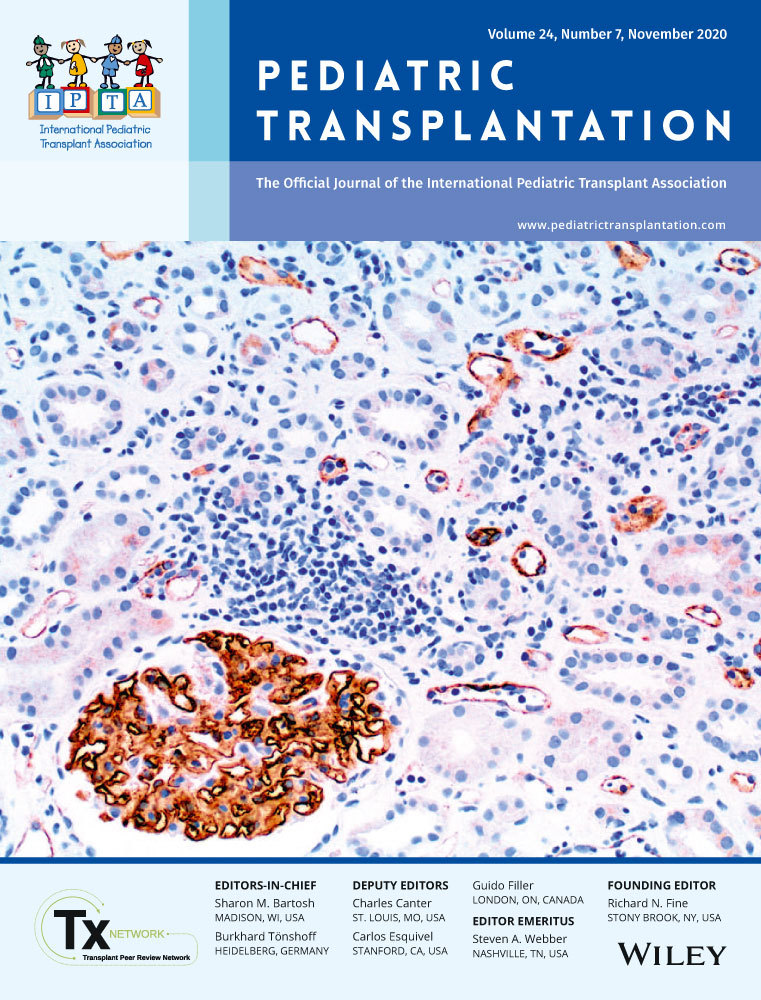Tandem high-dose chemotherapy with autologous stem cell rescue for stage M high-risk neuroblastoma: Experience using melphalan/etoposide/carboplatin and busulfan/melphalan regimens
Abstract
The efficacy of tandem HDCT against high-risk neuroblastoma has been reported; however, an optimal regimen remains to be established. In this paper, we report our experience using tandem HDCT comprising the MEC and BuMel regimens in patients with high-risk neuroblastoma. We retrospectively analyzed four patients with stage M high-risk neuroblastoma who received HDCT with MEC followed by BuMel combined with autologous stem cell rescue. Although none of their metastatic lesions had disappeared after induction chemotherapy, three patients showed a CR after tandem HDCT. Gastrointestinal mucosal injuries and renal dysfunction were observed as non-hematologic adverse events of grade 3 or higher. Gastrointestinal mucosal injuries were observed in all four patients following the first HDCT and in one patient following the second HDCT and were treated with parenteral nutrition and analgesics. One patient experienced renal dysfunction during the first HDCT, which was alleviated by sufficient hydration and diuretics and resulted in the reduction of melphalan dosage for the second HDCT. SOS was not observed in any patient. The HDCT regimens examined in this study were observed to be feasible and did not result in any life-threatening adverse events. Our findings indicate that tandem HDCT comprising MEC and BuMel is a potentially effective regimen for patients with high-risk neuroblastoma, including for those who respond poorly to induction chemotherapy, although additional studies in a larger population should be conducted to verify any long-term outcomes and toxicity.
CONFLICT OF INTEREST
The authors declare that there is no conflict of interest.




